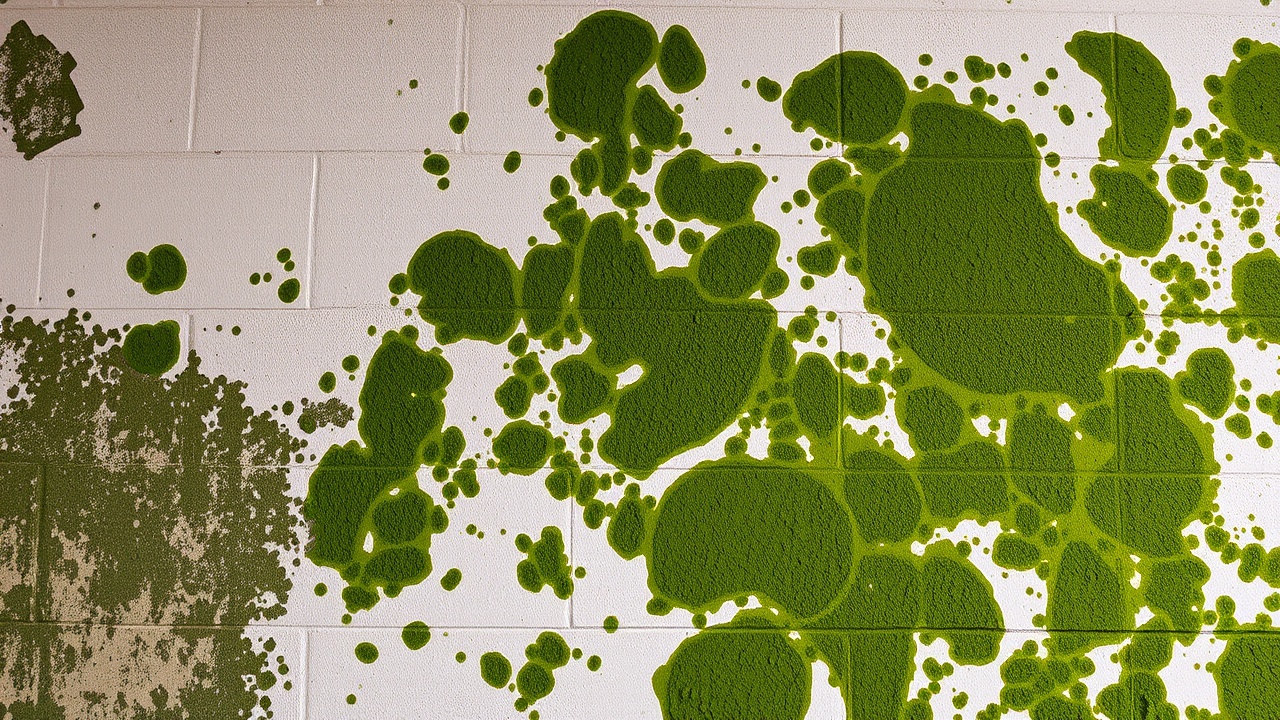How to Get Rid of Mold After Flood Damage
After a flooding event, one of the most significant risks homeowners face is mold growth. Mold can develop within 24 to 48 hours after water damage occurs, making it crucial to act swiftly to prevent mold from taking hold in your home.
Why Mold Grows After Flooding
Mold thrives in damp, humid conditions. When your home experiences flooding, excess moisture creates the perfect environment for mold spores to settle and begin to grow. Porous materials such as drywall, carpet, and insulation are particularly susceptible to mold growth.
Types of Mold
There are various types of mold, but some, like black mold (Stachybotrys chartarum), can be particularly dangerous. Mold exposure can lead to severe allergic reactions and respiratory issues, especially in individuals with asthma or weakened immune systems.
Steps to Prevent Mold Growth
To effectively prevent mold growth after flood damage, follow these critical steps:
- Dry the area immediately using fans and dehumidifiers.
- Remove all wet materials, including carpets and insulation, to reduce moisture levels.
- Use protective gear, like respirators, when cleaning moldy areas.
- Mix bleach with water to clean non-porous surfaces, but avoid using it on porous materials.
- Consider hiring mold remediation services for extensive mold issues.
Mold Remediation and Cleanup
If mold has already taken hold, mold remediation is essential. Restoration professionals can assess the mold damage and employ proper techniques to ensure effective mold removal. This may include:
- Identifying the source of moisture and fixing water lines or leaks.
- Using specialized equipment to remove mold spores from the air.
- Repairing or replacing damaged drywall, ceiling tiles, and baseboards.
- Cleaning and restoring belongings affected by mold.
Dealing with Mold: What Homeowners Should Know
Homeowners need to understand the importance of flood insurance and the role it plays in covering mold remediation costs. In the aftermath of a flooding event, document any damage to your property and contact your insurance provider to discuss your coverage options.
Conclusion
Dealing with mold after flood damage requires prompt action and thorough cleanup to protect your home and health. By understanding the conditions that allow mold to grow and taking proactive measures, you can safeguard your space from future mold issues. Always consult with restoration companies for significant mold problems to ensure a safe and effective cleanup process.

